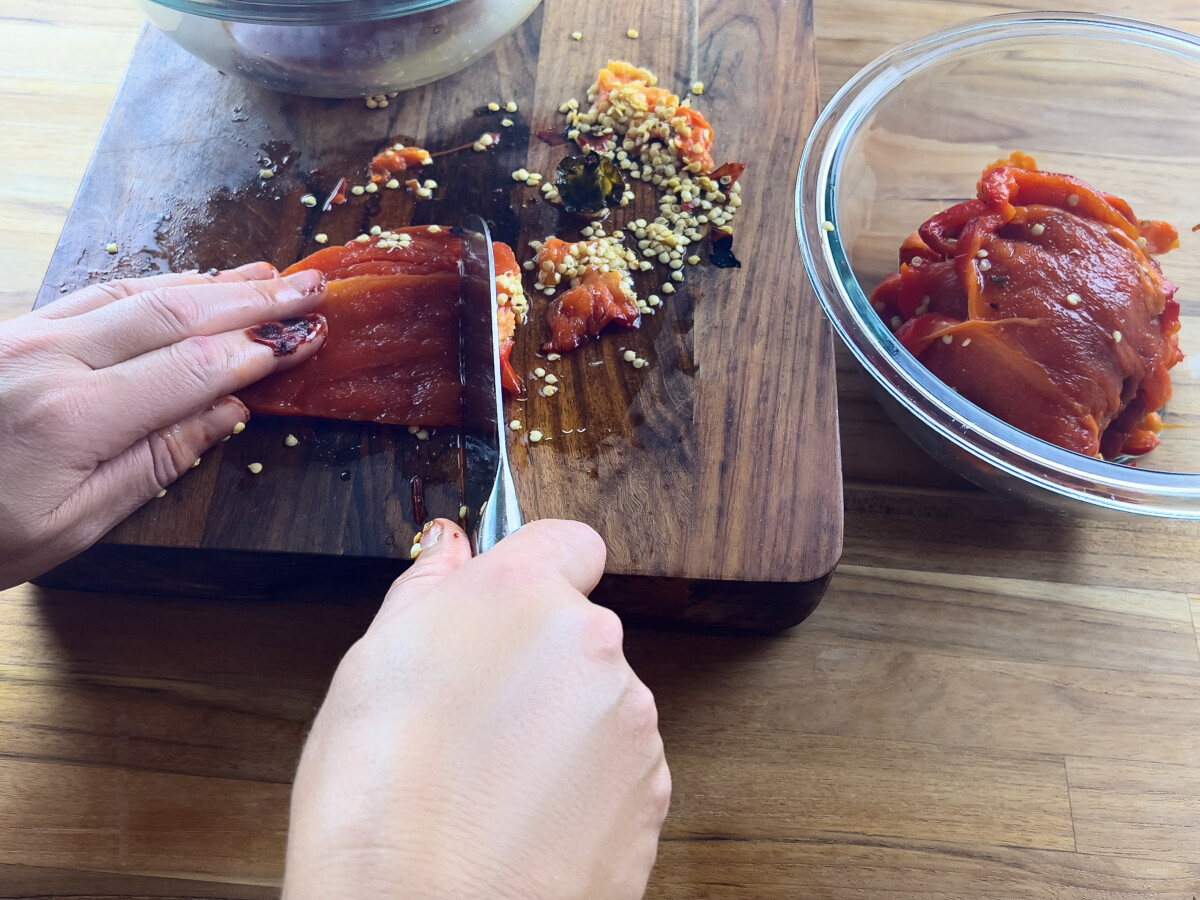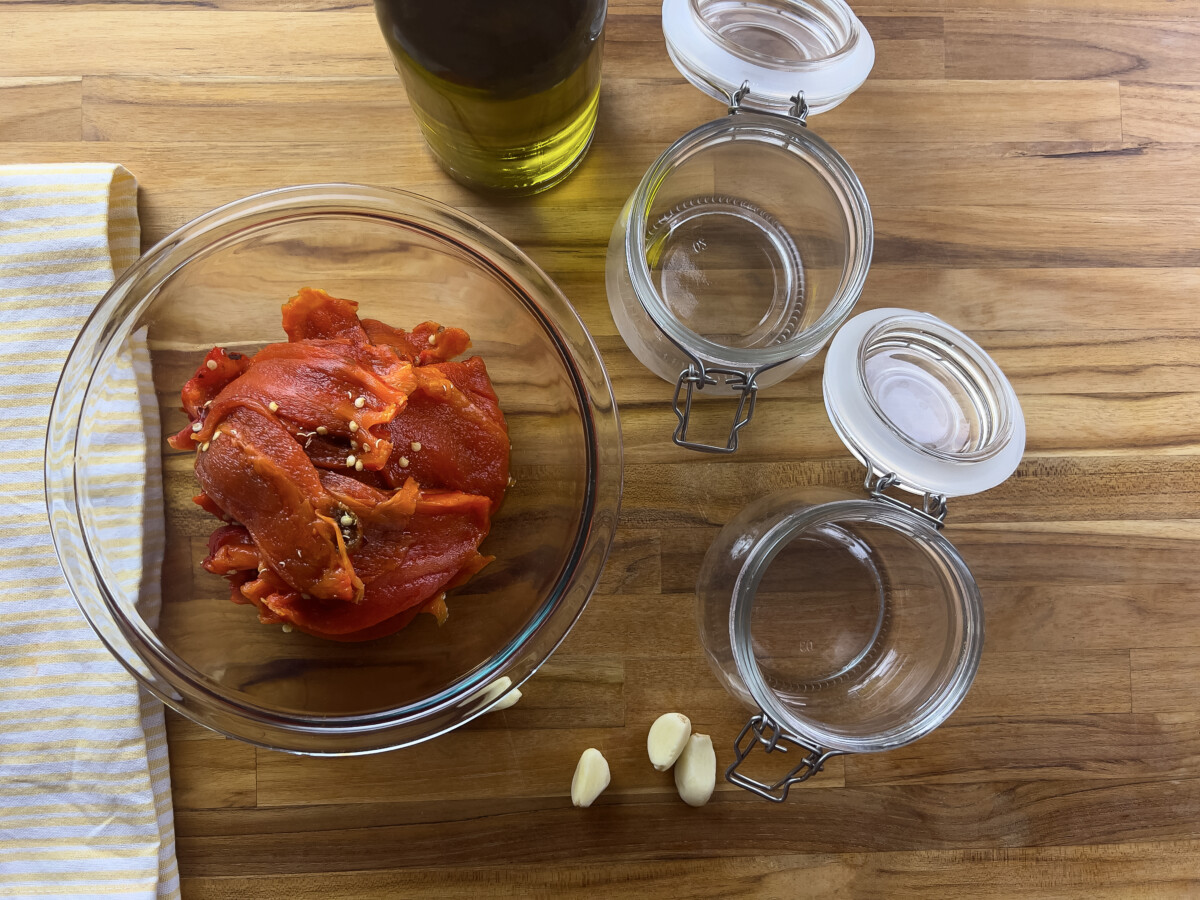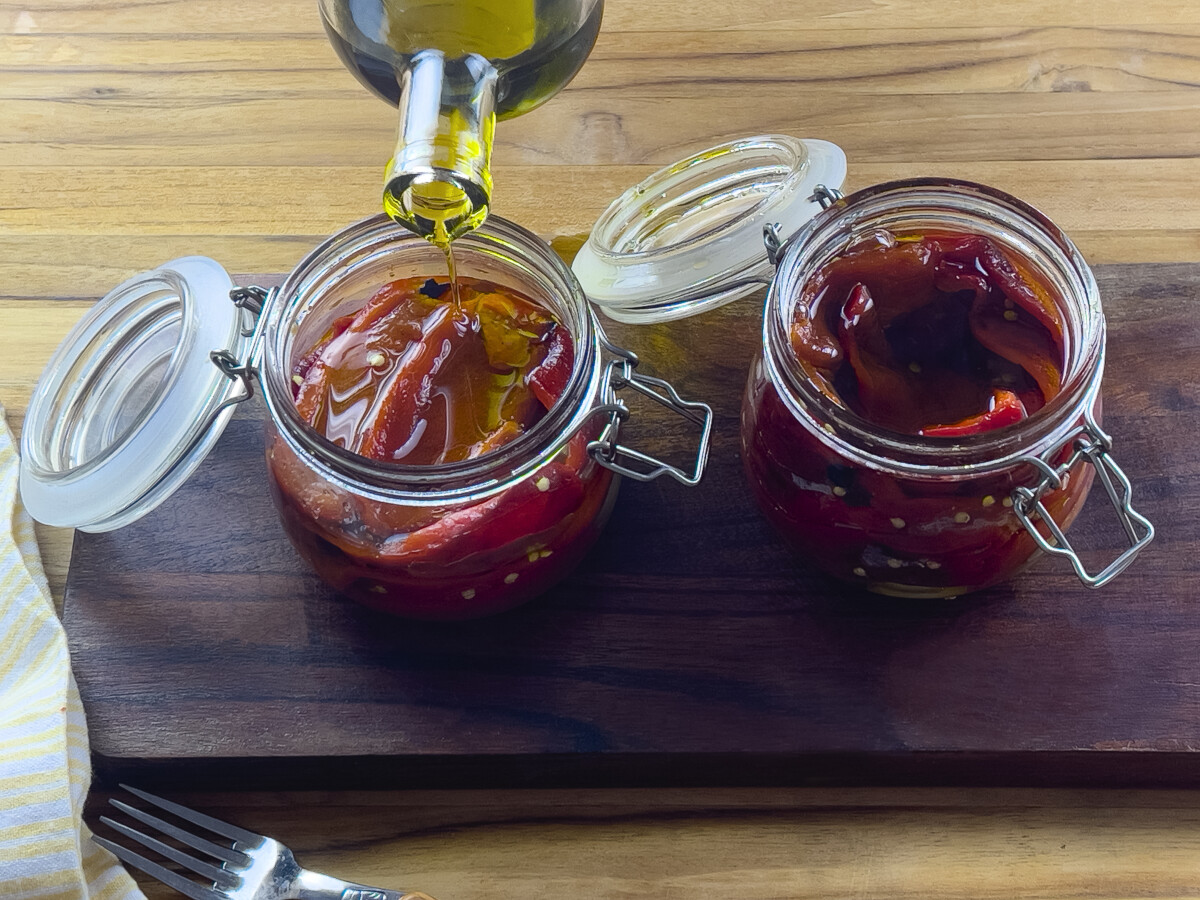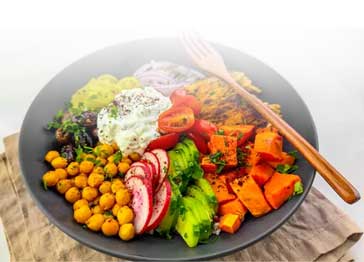Roasted bell peppers are a staple in my kitchen, and they’re surprisingly easy to make at home. Let me show you how!
As someone who loves cooking, my kitchen is a year-round haven for the robust flavors of roasted red peppers. During the winter, I rely on store-bought jars to make my favorite muhammara dip and soups. However, when summer arrives and bell pepper season begins, I grow some plants in my garden, making them more accessible and convenient.
Homemade roasted red peppers bring unparalleled sweetness and smokiness to dishes, free from excessive saltiness. They’re easy to make and a staple in my fridge, ready to enhance any dish.
Roasting Bell Peppers in the Oven Made Easy
The process is straightforward, whether you’re going for the green, which offers a slightly bitter kick, or the sweeter red, yellow, and orange siblings. Remember, each color brings its unique profile, so choose according to your dish. Here’s a step-by-step guide:
- Preparation: Place the bell peppers on a foil-lined tray after a good wash and pat dry. Why foil? Hello, easy clean-up! A generous rub of olive oil ensures they char and don’t burn.
- Oven Magic: Crank your oven to broil, positioning the peppers about 7 inches away from the heat. Watch as they transform, rotating them as they char. Five minutes is usually all it takes.
- Post-Oven: Here’s a nifty trick. Put those piping-hot charred beauties in a zip-lock bag, seal it, and let them steam themselves for about 10 minutes. This makes skin removal a breeze. Use a fork, and you’ll see what I mean! For those who might find the zip-lock method cumbersome, placing the hot charred peppers in a bowl and covering them with plastic wrap or a plate can also effectively trap steam, making the skin easier to peel.
- Storage: After skinning, snip off the top, deseed, and lay out the strips in enticing strips. Cover them in a jar, and be ready for culinary adventures. Moreover, if refrigerated, it’s best to let them come to room temperature before consuming them with olive oil, and voila! They, as cold temperatures, can dull the flavors.
Why Peel the Skin?
The blackened exterior of food may seem like a sign of perfect charring, but it can make the dish taste bitter. To avoid this, it’s best to peel off the charred skin. This will reveal the authentic smokiness of the dish without any unpleasant burnt aftertaste. By taking this extra step, you can enhance the flavor profile of your dish and turn a good meal into an exceptional one.
Beyond the Oven
Although ovens are commonly used to char peppers, I want to share a culinary revelation with you – you’re not limited to just the oven. You can explore a wide range of charring possibilities by using your BBQ or a reliable kitchen torch. The world of charring is full of opportunities, and these alternative methods offer a variety of flavors and textures that can take your roasted peppers to new heights. It’s an experimental journey that unlocks the full potential of charring beyond traditional boundaries.
Roasted Bell Peppers in Cooking
Slide these charred wonders into various dishes and watch the magic unfold. They are the heart and soul of the muhammara recipe. Or imagine the smoky depth they’d add to a grilled eggplant sandwich coupled with a dab of pesto. Need a killer pesto recipe? I’ve got you covered right here. One of my favorite ways to eat them is by placing them on toasted baguette slices with a sprinkle of goat cheese or feta for a quick appetizer.
Preparation





Ingredients:
| A few green, red, yellow or orange bell peppers. | |
| Olive Oil. |








Made these preserved peppers? Drop a comment below and share your experience! I would love to hear your thoughts and tips!